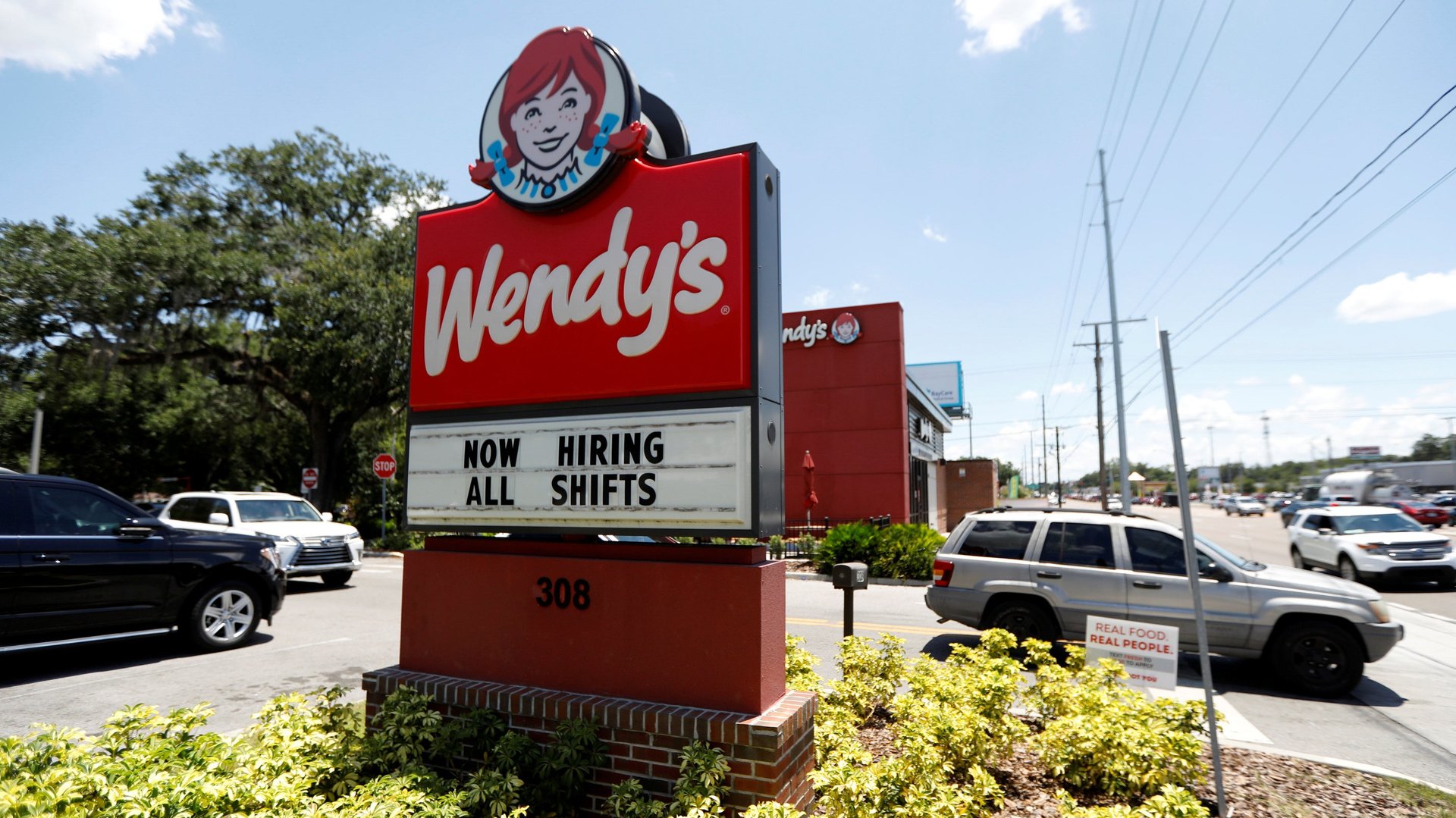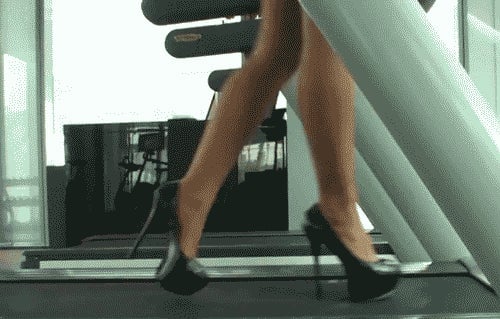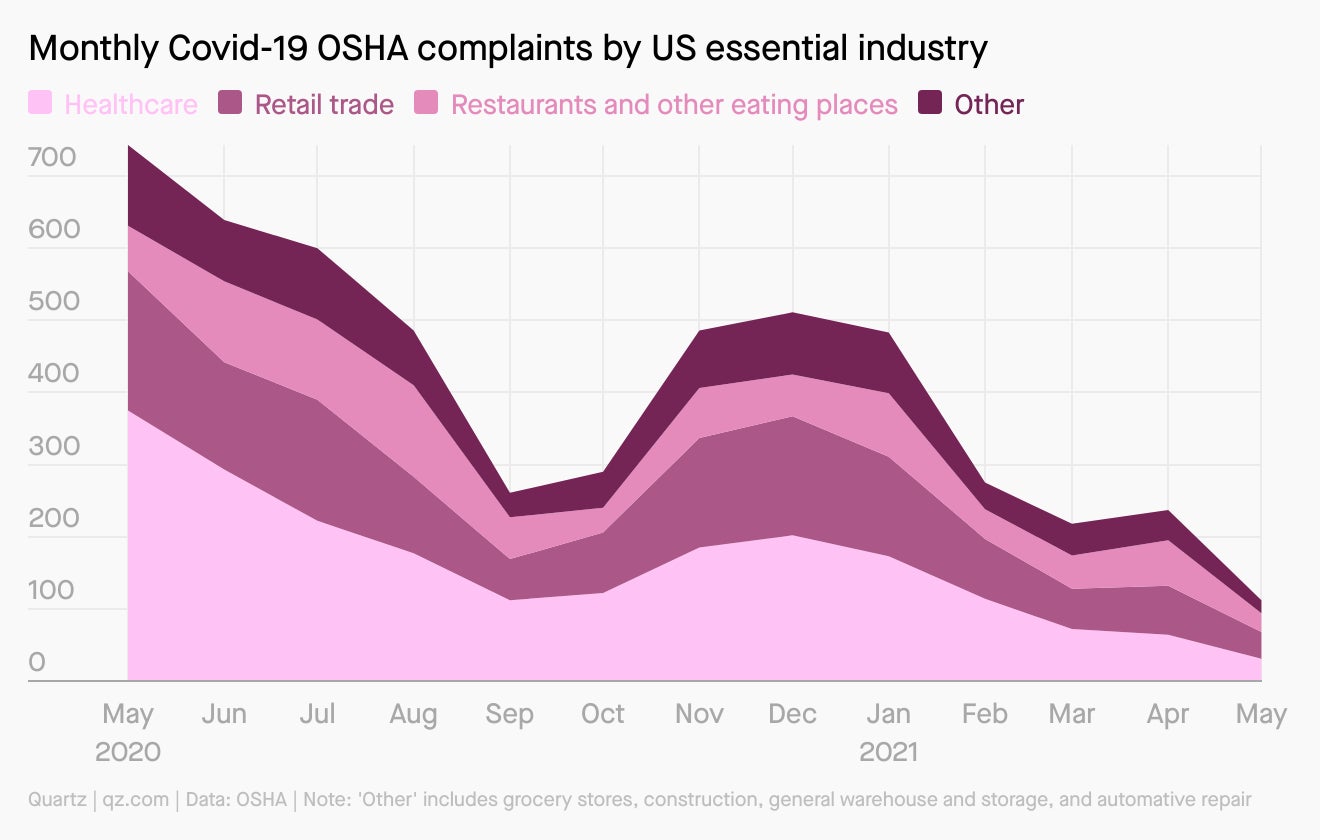Bring me a hire, love
Hello Quartz readers,


Hello Quartz readers,
Faced with concerns about getting people back to work, more US governors are landing on the obvious solution: Pay them. And no, we’re not (just) talking about higher wages.
Expanded unemployment benefits, passed during the pandemic, have been blamed for slower-than-expected jobs growth during the recovery: Workers collecting benefits, the thinking goes, are unlikely to take jobs that pay a similar or lower wage.
We still don’t have great evidence of this. In most states, unemployment benefits are less than the average wage, and low-wage workers have seen the fastest uptick in hiring. Still, the intuition alone led governors in some 25 states to cancel the expanded benefits before their September expiration. While that may get some people back to work, it also robs families of key support at a time when less than half the US population is vaccinated and the unemployment rate is still 5.8%, far higher than it was pre-pandemic.
There’s a smarter solution: Use some of the unemployment funding as one-time bonuses for people who do get jobs. Adding the bonus increases the incentive for people to find work, while allowing jobless people who depend on the benefits to continue receiving them. Already, Maine and Connecticut are paying workers at least $1,000 if they secure a job. Arizona and Montana replaced expanded unemployment with the hiring bonus entirely. Meanwhile, policy wonks tend to argue for combining both approaches.
All this tinkering highlights the broader need for reforms to US unemployment insurance. For years, economists have been calling for the program to be pegged to economic data, so that it can automatically adjust its generosity in response to changing economic conditions. More broadly, the creaky system by which the program is administered blocks deserving recipients from access, and incentivizes fraud. It needs a renovation of its own to allow governments to respond more efficiently to recessions. —Tim Fernholz
You asked
What do we know about the Delta variant?
- The B.1.617.2 (Delta) variant was first identified in India, and has since spread to more than 90 countries.
- It contributed to India’s severe second wave, currently makes up most new cases in the UK, and is responsible for around 10% of new cases in the US.
- It is nearly 60% more transmissible than the Alpha variant (B.1.1.7), first found in the UK, which was itself more transmissible than the original strain of Covid-19.
- There are now concerns in India about a “Delta Plus” variant, which has an additional mutation.
- Research out of the UK found that full vaccination is effective against the Delta variant, although less so than against other variants, particularly after only one dose.
- You already know our advice: If you’re not fully vaccinated, wear a mask and practice social distancing until you can be.
Three dinner-table convos
🔒 Covid-19 highlighted America’s incarceration problem. Roughly 10% of people in the US contracted Covid-19, versus 2.2% globally. But in America’s prisons, that figure is nearly 40%. A new study pegs the country’s outsized prison population as one of the root causes behind its Covid-19 racial disparities. The pandemic showed how the incarceration system is a driver of infections not just within prisons, but in the broader communities to which inmates and jails are connected.
🗣️ It’s possible to have a good hybrid meeting. It helps to pick a structure that ensures the conversation won’t be dominated by one group. Try the 1-2-4-All method, courtesy of consultant Douglas Ferguson: “Have everyone quietly think through the problem, then you get people in groups of two to talk about it, then you get groups of four to talk about it, then you bring everyone [into] a group discussion.” Another option is called Popcorn: You speak once and your kernel is popped; no speaking again until everyone else has weighed in.
💸 Whither the pandemic age of generous tipping. Average tips in New York City reached a high of around 25% last spring, and again around Christmas. Now they’re back around 18-20% for in-person dining… but everyone is a little more aware of the perils of being a server, from job instability to low wages to lack of basic benefits. If you’re still feeling the compulsion to tip more than you did pre-pandemic, you’re not alone.
Playing Games with my heart
If a fan cheers inside their heart, does an Olympic athlete hear it? We’ll find out in a few weeks, when up to 10,000 generally silent spectators descend on Tokyo. To gear up for Need to Know: Tokyo Olympics—your pop-up guide to the Games—the Need to Know team is pounding electrolytes and stretching our hammies. Sign up now for highlights, interesting histories, and surprising discoveries, directly in your inbox.
Pop quiz
Which of these is NOT a principle for building a successful hybrid workplace?
- Don’t be too attached to “random collisions.”
- Train managers to recognize proximity bias.
- Evaluate every job according to objective output metrics.
- Get used to writing things down.
- Lower your expectations for productivity.
Trick question—they all are! The hybrid work model is emerging ascendant in the wake of the pandemic, and dozens of large companies are now offering employees flexible office schedules. That’s the first step to having a hybrid workplace; for this week’s field guide, we looked at what’s necessary to build a good one.
✦ Not a Quartz member? Take 40% off your first year with the code QZFLASHSALE, and enjoy the hybrid experience of unlimited qz.com plus our iOS app. First principle: great push notifications.
Quotable
“We do have very robust evidence from surveys that average working people don’t like inflation. Even if in the econometrics we can say, we can’t find any evidence that it really hurts you…it convinces people the government is incompetent.” —Adam Posen, president of the Peterson Institute for International Economics
America’s vaccine rollout is shifting the debate over its economic recovery. Now is a moment for Federal Reserve chair Jay Powell to prove that the central bank learned from the Great Financial Crisis, after which employment didn’t return to pre-shock levels for six-and-a-half years. Following a multi-year rethink, the Fed now appears prepared to allow inflation to rise in order to meet its employment targets.
Nature is heeling
“Sales of dress footwear are rising,” says Beth Goldstein, accessories and footwear industry analyst at research firm NPD Group. That doesn’t mean they’re recovered, though. In April, sales of dress footwear were 200% higher than the same month last year, but still 40% below their level in April 2019.

Essential reading
- The latest 🌏 figures: 178.9 million confirmed cases; 3.9 million deaths; 2.7 billion vaccine doses administered.
- Not again: Mumbai’s third wave could be twice as brutal as its second.
- Face off: Should Americans still wear masks?
- Vax facts: What we now know about the efficacy of China’s vaccines.
- Recalibrating: Indian companies will have to reimagine the office for hybrid work.
- Safer space: Covid-19 OSHA complaints by essential workers are plummeting.

Our best wishes for a healthy day. Get in touch with us at [email protected], and live your best Quartz life by downloading our iOS app and becoming a member. Today’s newsletter was brought to you by Tim Fernholz, Annalisa Merelli, Lila MacLellan, Sarah Todd, Marc Bain, and Kira Bindrim.